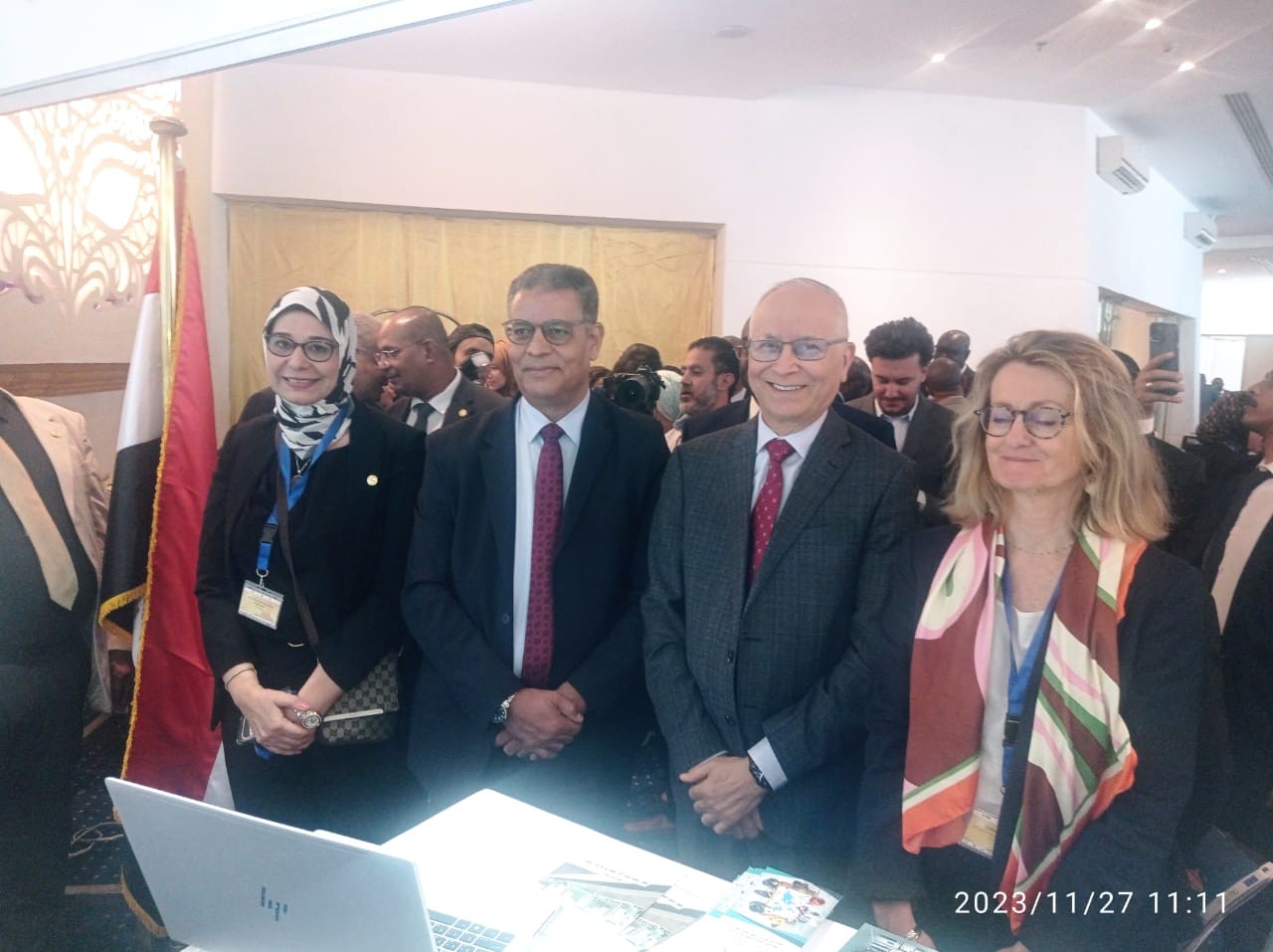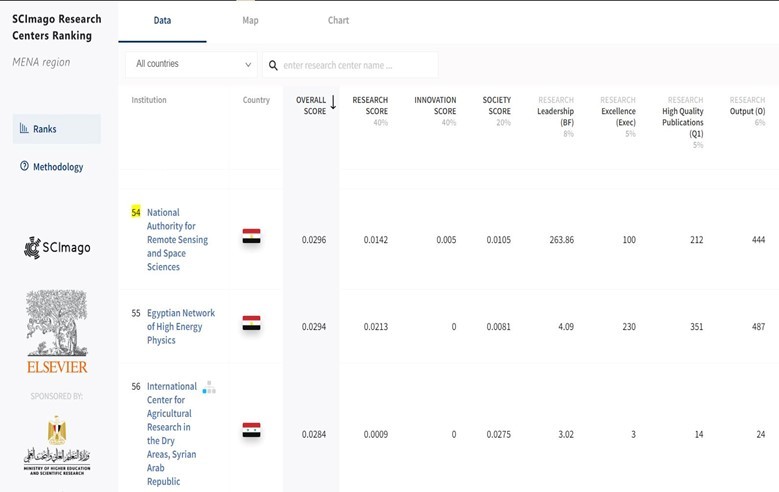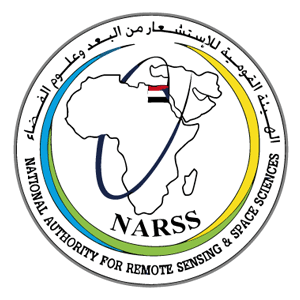Introduction to Remote Sensing Using QGIS Software
● Course Description:
This course provides an introduction to the principles and applications of remote sensing, with a focus on the use of QGIS software. Topics covered include the electromagnetic spectrum, remote sensing sensors, image processing, classification, and change detection. Students will learn how to use QGIS to analyze remote sensing data and to produce maps and other products.
● Course Objectives:
Upon completion of this course, students will be able to:
○ Understand the basic principles of remote sensing
○ Use QGIS software to process and analyze remote sensing data
○ Produce maps and other products from remote sensing data
○ Apply remote sensing to solve real-world problems
● Prerequisites:
○ Basic knowledge of computer science
○ Some familiarity with GIS software
● Required Software:
○ QGIS 3.x or higher
● Textbooks:
○ Remote Sensing with QGIS, by Paul M. Mather
○ QGIS User's Guide, by QGIS Development Team
● Course Outline:
○ Module 1: Introduction to remote sensing
○ Module 2: Image processing
○ Module 3: Classification
○ Module 4: Change detection
○ Module 5: Case studies
● Course Delivery Method:
○ Lectures: Interactive lectures delivered by experienced remote sensing professionals and experts through presentations, videos, and demonstrations.
○ Homework Assignments: There will be three homework assignments throughout the course. The homework assignments will be graded on correctness and completeness.
○ Project: The project will involve applying machine learning to a remote sensing problem. Students will work in groups of two or three to complete the project. The project will be graded on creativity, originality, and technical quality.
○ Q&A Sessions: Regular question and answer sessions to clarify doubts and address participants' queries related to the course content and practical exercises.
● Course Duration:
4 weeks (can be adjusted as per requirements)
● Note:
The course content and duration can be customized according to the specific requirements and level of expertise of the target audience.
● Course Description:
This course provides an introduction to the principles and applications of remote sensing, with a focus on the use of QGIS software. Topics covered include the electromagnetic spectrum, remote sensing sensors, image processing, classification, and change detection. Students will learn how to use QGIS to analyze remote sensing data and to produce maps and other products.
● Course Objectives:
Upon completion of this course, students will be able to:
○ Understand the basic principles of remote sensing
○ Use QGIS software to process and analyze remote sensing data
○ Produce maps and other products from remote sensing data
○ Apply remote sensing to solve real-world problems
● Prerequisites:
○ Basic knowledge of computer science
○ Some familiarity with GIS software
● Required Software:
○ QGIS 3.x or higher
● Textbooks:
○ Remote Sensing with QGIS, by Paul M. Mather
○ QGIS User's Guide, by QGIS Development Team
● Course Outline:
○ Module 1: Introduction to remote sensing
○ Module 2: Image processing
○ Module 3: Classification
○ Module 4: Change detection
○ Module 5: Case studies
● Course Delivery Method:
○ Lectures: Interactive lectures delivered by experienced remote sensing professionals and experts through presentations, videos, and demonstrations.
○ Homework Assignments: There will be three homework assignments throughout the course. The homework assignments will be graded on correctness and completeness.
○ Project: The project will involve applying machine learning to a remote sensing problem. Students will work in groups of two or three to complete the project. The project will be graded on creativity, originality, and technical quality.
○ Q&A Sessions: Regular question and answer sessions to clarify doubts and address participants' queries related to the course content and practical exercises.
● Course Duration:
4 weeks (can be adjusted as per requirements)
● Note:
The course content and duration can be customized according to the specific requirements and level of expertise of the target audience.











